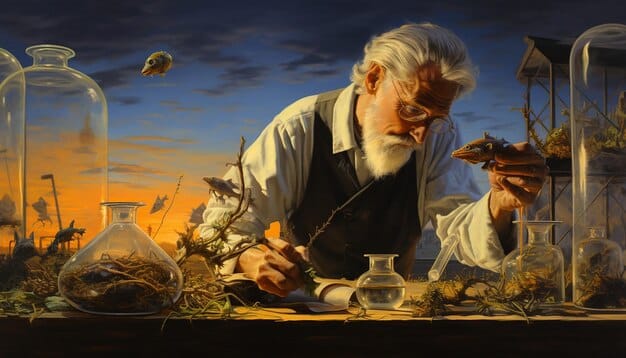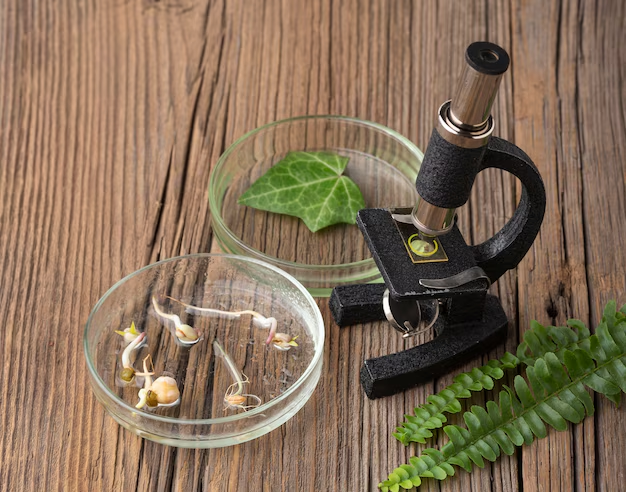Medical science has undergone an extraordinary transformation, evolving from rudimentary practices to sophisticated technologies that save lives every day. This journey of healing is a testament to human ingenuity and the relentless quest to improve health and well-being.
Ancient Remedies: The Foundation of Healing
In ancient times, medical knowledge was deeply intertwined with nature and spirituality. Early civilizations relied on herbs, plants, and minerals to treat illnesses. For instance, ancient Indian Ayurveda emphasized balancing the body’s doshas, while Traditional Chinese Medicine used acupuncture and herbal remedies to promote harmony within the body. Similarly, the Egyptians developed surgical techniques and utilized honey for its antibacterial properties. These practices, though primitive by today’s standards, laid the groundwork for future advancements.
The Middle Ages: Bridging Tradition and Innovation
During the medieval period, medical science began to incorporate more systematic approaches. Universities in Europe emerged as hubs of medical knowledge, translating ancient texts and integrating them with observational practices. The advent of hospitals provided structured care for the sick, while figures like Avicenna and Hippocrates laid the philosophical and practical foundations of modern medicine. However, this era was also marked by challenges, including the spread of plagues and reliance on superstition.
The Renaissance: A Surge in Medical Understanding

The Renaissance era was a pivotal time for medical science. With advancements in anatomy, driven by figures like Andreas Vesalius, and the invention of the printing press, medical knowledge became more accessible. This period also saw significant developments in surgery and the understanding of diseases. The microscope, invented in the 17th century, opened a new world of discovery, allowing scientists to study microorganisms and the cellular structure of tissues.
The 19th and 20th Centuries: Modern Medicine Takes Shape
The Industrial Revolution brought rapid advancements in medical technology. The development of vaccines, pioneered by Edward Jenner’s work on smallpox, revolutionized disease prevention. The discovery of penicillin by Alexander Fleming in 1928 marked the dawn of antibiotics, saving millions of lives. These centuries also witnessed the establishment of clinical trials and the emergence of specialties like cardiology and neurology. The understanding of germ theory, led by Louis Pasteur and Robert Koch, fundamentally changed approaches to infection control.
The Era of Modern Marvels: Technology and Beyond
Today, medical science is characterized by unprecedented technological innovations. From robotic surgeries to precision medicine, the possibilities seem endless. Artificial intelligence aids in diagnosing diseases, while wearable devices monitor real-time health metrics. Gene editing technologies, like CRISPR, promise to eliminate genetic disorders. Furthermore, advancements in telemedicine have made healthcare accessible to remote areas, bridging geographical barriers.
Conclusion
The evolution of medical science from ancient remedies to modern marvels underscores humanity’s resilience and creativity. Each milestone has brought us closer to understanding the complexities of the human body and improving global health. As we continue to innovate, the future of medicine holds immense potential, with the promise of curing previously untreatable diseases and extending human life.
FAQs on the Evolution of Medical Science
Q. How did ancient civilizations contribute to modern medicine?
Ancient civilizations laid the foundation of medical knowledge by using natural remedies, developing surgical techniques, and emphasizing holistic health approaches that influenced modern practices.
Q. What were the key medical advancements during the Renaissance?
The Renaissance saw advancements in anatomy, the invention of the microscope, and the dissemination of medical knowledge through the printing press, marking significant progress in understanding human biology and diseases.
Q. How did the discovery of penicillin impact medical science?
The discovery of penicillin introduced antibiotics, revolutionizing the treatment of bacterial infections and saving countless lives worldwide.
Q. What role does technology play in modern medicine?
Technology drives modern medicine by enabling precise diagnostics, advanced treatments like robotic surgeries, and innovations such as AI, wearable devices, and telemedicine.
Q. What are the future prospects for medical science?
The future of medical science includes breakthroughs in gene editing, personalized medicine, advanced AI-driven diagnostics, and potential cures for currently incurable diseases.

